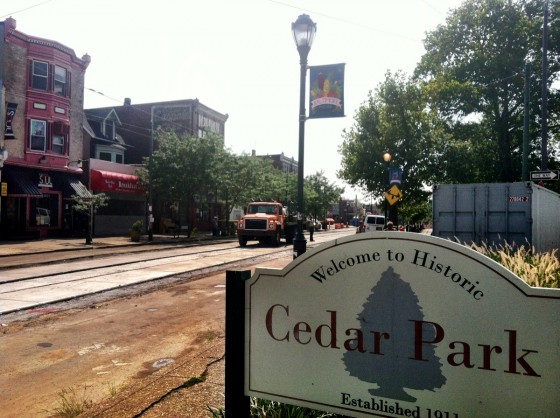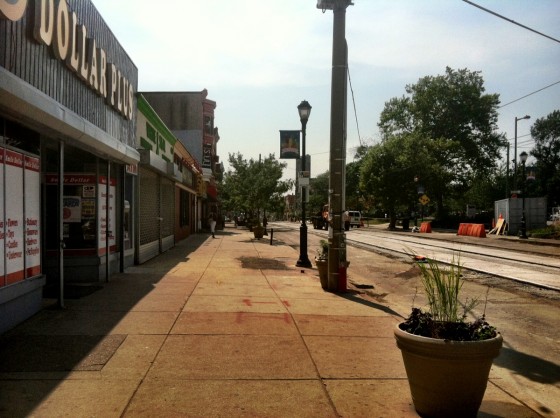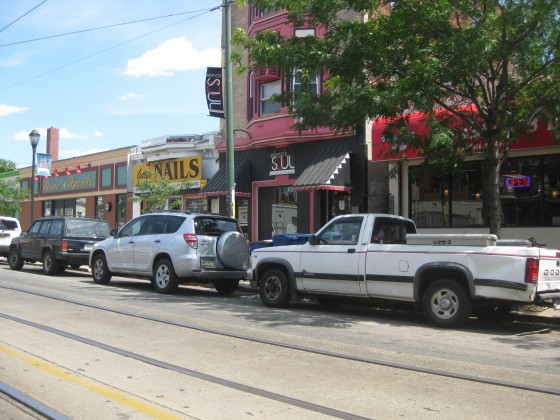As Philadelphia continues its transition into the 21st century, its Phila2035 initiative is taking shape in neighborhoods throughout the city. There have been meetings to generate community input, which will be used to inform eighteen different District Plans. Some of those visions have been adopted, like Lower South and West Park, or are underway, like in the Lower Northeast and Central districts.
Slated to kick off in the fall, the University/Southwest District Plan will seek to address the major planning issues in the neighborhoods captured in that district. To do their part, members of Cedar Park Neighbors announced a survey designed to collect input from local residents about the area that stretches north to Larchwood Avenue south to Kingsessing Ave., east to 46th Street, and west to 52nd Street.

Welcome
CPN has designated Baltimore Avenue between 49th and 52nd Streets as a key corridor affected by vacancies and blight on which to focus. In the past few years, numerous businesses have opened on the stretch, from a Rock School, to the upcoming Seed Gallery, an urban farm, a potential sandwich shop (those three all on the 5000 block of Baltimore Ave.). With the projected development of the Apple Lofts just south of 52nd & Baltimore, this area seems to be on the upswing.

Baltimore Ave
The question CPN has asked locals is how else can we foster a positive impact on the area?
“We would like to make a contribution to renewed stability and vibrancy of those blocks, which have a major impact on our commercial corridor and nearby residential blocks,” said Maureen Tate of CPN.
“This study is an opportunity to seek broader input about the whole of Cedar Park and reflect on community input as we participate as a community organization in the Philadelphia Planning Commission planning processes for our area,” she said.

Another shot of Baltimore Ave
One of the major questions the Planning Commission has asked throughout Phila2035 undertakings has centered around land-use. Tate said she anticipated few changes in the area, but will wait to hear from the community regarding their opinions. Still at question is how the new zoning code will affect the area. According to Tate, some projects might be allowed to proceed by right under the new code that in the past, required a variance and thus a community process.
“It will remain a challenge as a volunteer group to continue to participate in the number of zoning issues that are arising for our area,” she said.
This represents a great example of a proactive Philadelphian civic association making an effort to help neighbors have a bigger stake in the future of their neighborhood. Hopefully, the information collected in these surveys will help shape the plan for the area in a way that the community can fully embrace.
–Lou Mancinelli
